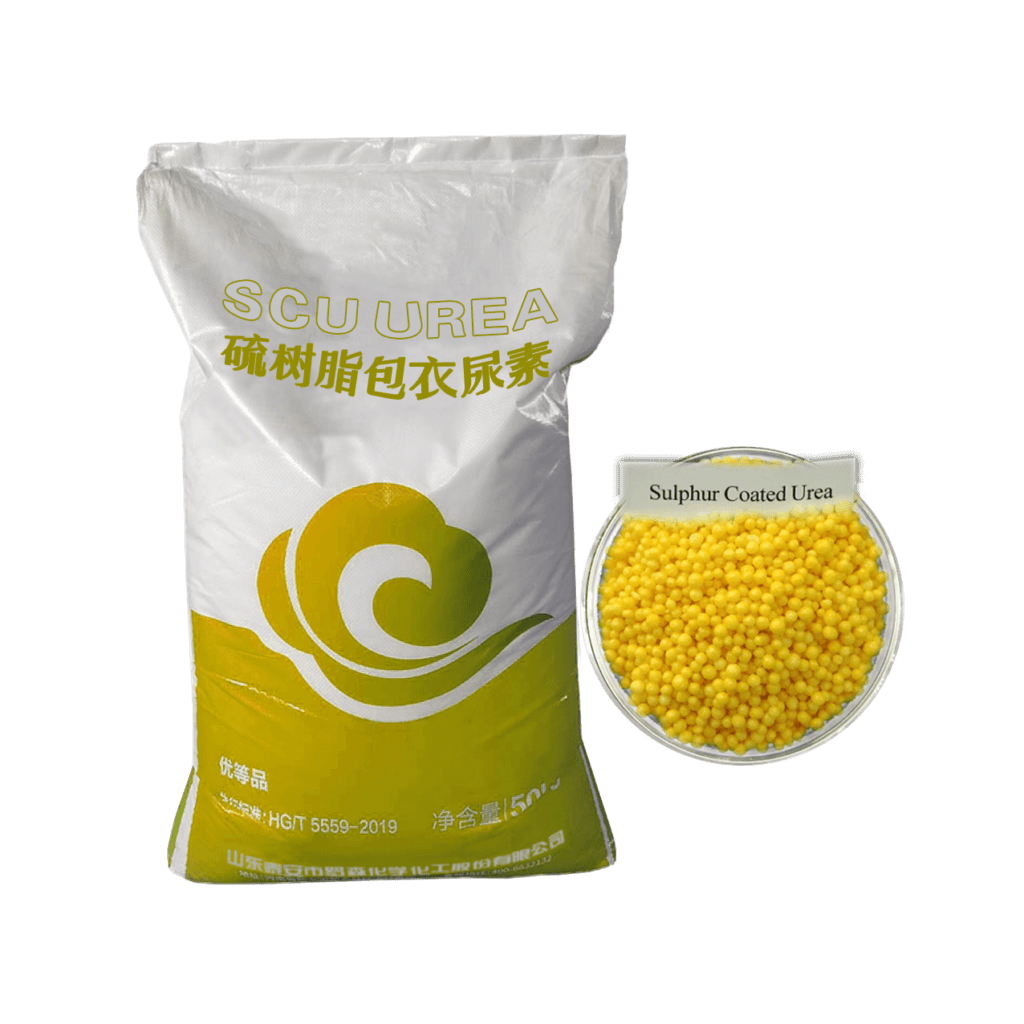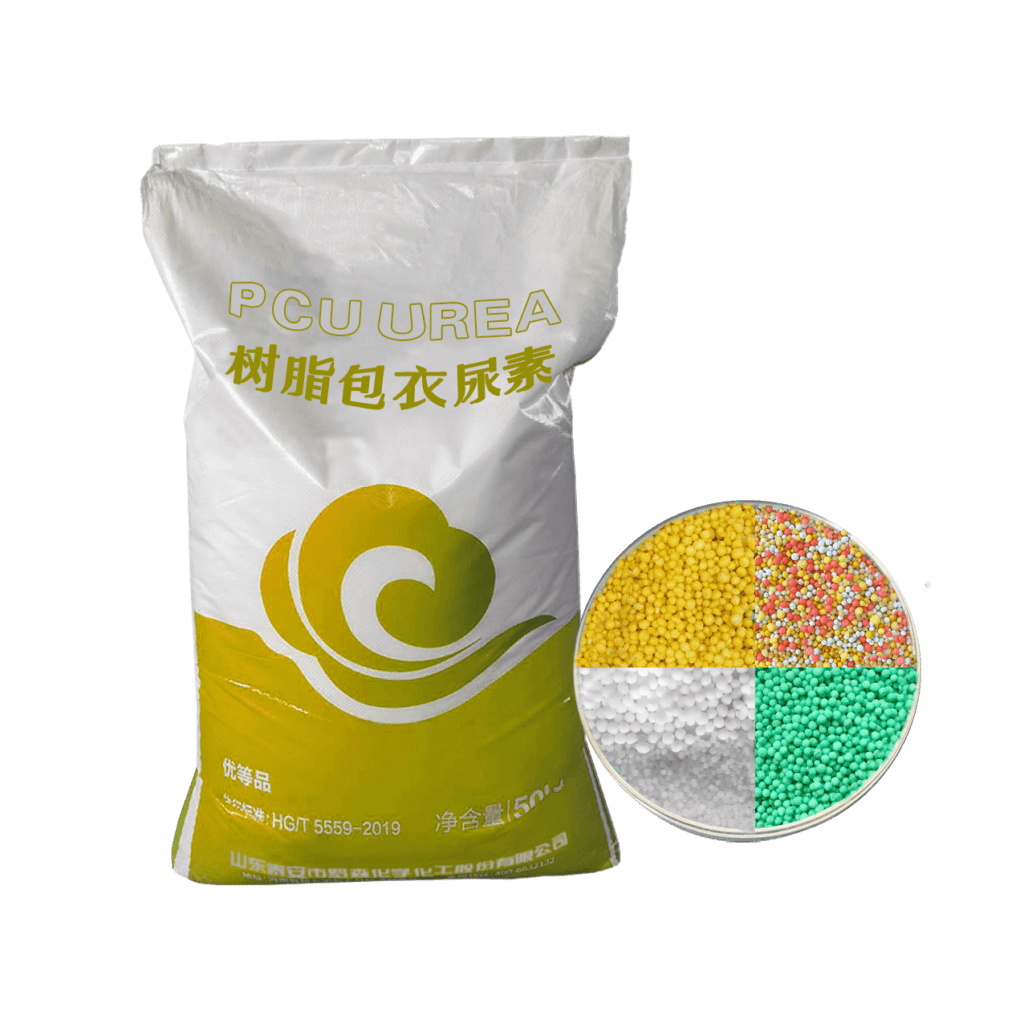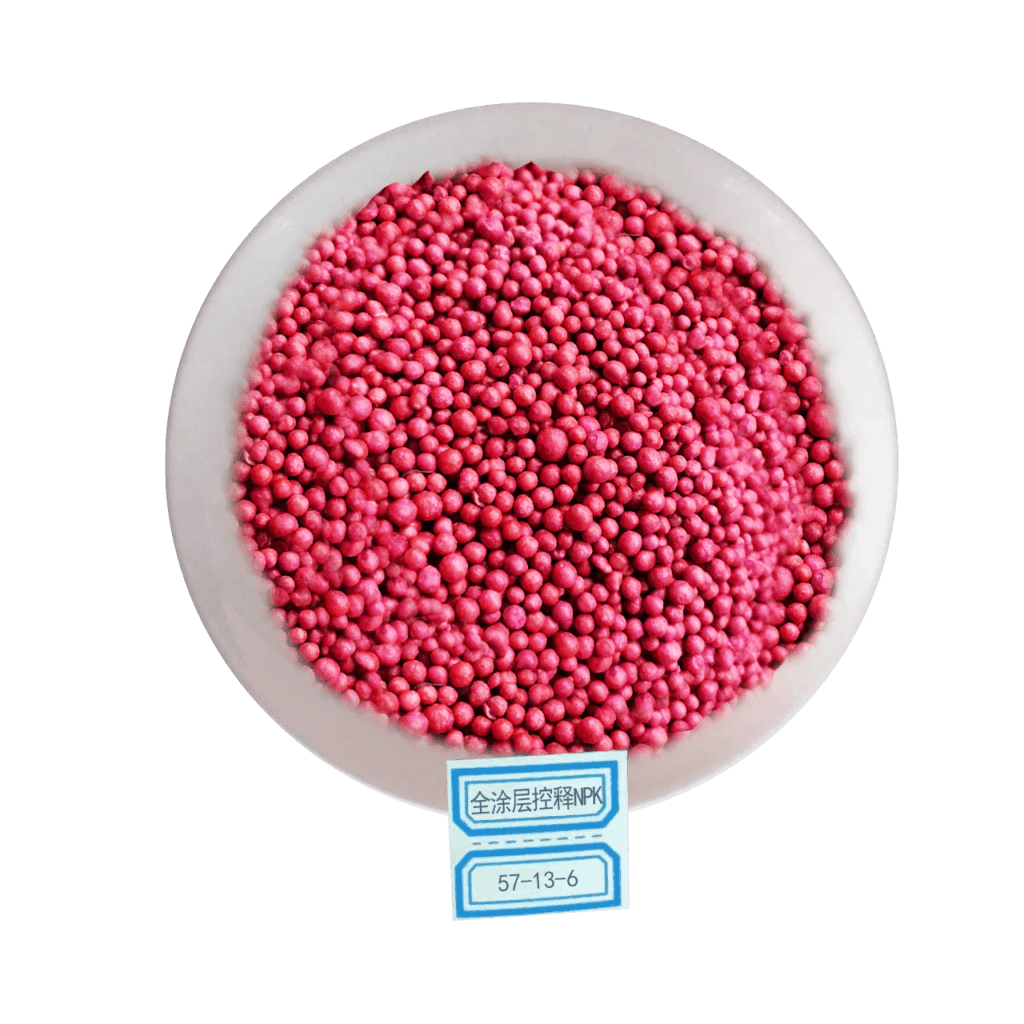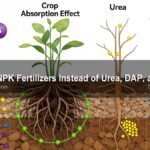Let more growers get greater benefits
Key Differences Between Slow-Release and Controlled-Release Fertilizers
- Industry News
- April 10, 2019
- 2:51 pm


In modern agriculture, the precise management of nutrient delivery is crucial for optimizing crop yields and minimizing environmental impact. To achieve these goals, Risso has developed two advanced fertilization technologies – slow-release fertilizers (SRF) and controlled-release fertilizers (CRF). While both types aim to provide nutrients over an extended period compared to conventional fertilizers, they differ significantly in their mechanisms, nutrient composition, and responsiveness to environmental factors.
Table of Contents


Mechanisms of Nutrient Release
Slow-Release Fertilizers (SRFs):
SRFs are designed to decelerate nutrient availability through chemical and biological processes. The release rate of nutrients from SRFs is influenced by various soil conditions, including pH levels, microbial activity, moisture content, soil type, and irrigation practices. This dependency on environmental factors can lead to uneven nutrient release, which may not always align with the specific nutritional needs of crops during different growth stages.Controlled-Release Fertilizers (CRFs):
CRFs utilize physical barriers, such as polymer coatings, to encapsulate water-soluble fertilizers. The nutrient release from CRFs is primarily regulated by soil temperature, as higher temperatures can increase the permeability of the coating, thereby accelerating nutrient diffusion. This temperature-dependent release often synchronizes more effectively with plant growth rates and nutrient uptake patterns, ensuring a more consistent and predictable nutrient supply.
Nutrient Composition
SRFs:
Typically, SRFs are single-nutrient fertilizers, predominantly supplying nitrogen. Common examples include urea-formaldehyde and other slowly hydrolyzable nitrogen compounds. The limited nutrient spectrum necessitates the supplementary application of other essential nutrients to meet the comprehensive nutritional requirements of crops.CRFs:
In contrast, CRFs are often formulated as compound fertilizers containing a balanced mix of primary nutrients—nitrogen (N), phosphorus (P), and potassium (K). These NPK Fertilizers may also include secondary and micronutrients, ensuring a comprehensive nutrient supply that supports various stages of plant development. This feature reduces the need for additional fertilization, simplifying nutrient management for farmers.


Environmental Responsiveness and Efficiency
The performance of SRFs is highly susceptible to environmental variables, which can result in asynchronous nutrient release relative to plant demands. For instance, fluctuations in soil moisture or microbial populations can alter the decomposition rates of SRFs, leading to periods of nutrient deficiency or excess. In contrast, the nutrient release from CRFs is more predictable, primarily influenced by soil temperature—a factor that often correlates with plant metabolic rates. This predictability enhances nutrient use efficiency, minimizes leaching losses, and aligns nutrient availability with critical growth phases of crops.
Conclusion
Understanding the distinctions between slow-release and controlled-release fertilizers is essential for selecting the appropriate fertilization strategy tailored to specific crop needs and environmental conditions. While SRFs offer a gradual nutrient supply influenced by various soil factors, CRFs provide a more controlled and predictable nutrient release pattern, closely matching plant growth dynamics. Incorporating these advanced fertilizers, particularly CRFs formulated as NPK Fertilizers, into agricultural practices can lead to improved crop performance, enhanced nutrient efficiency, and reduced environmental impact.
NPK Fertilizers Related Products
If you want to know other questions about Fertilizers please contact us and we will provide professional answers.
- Article
What will you get when touch?
✔ Quick & helpful reply within 6 hours.
✔ Tailored solutions for your project.
✔ One-stop product, tech, market
TRENDING
Want to find a China fertilizer manufacturer?
Risso will be your best choice; send us your request for your fertilizer details requirement.
TAIAN RISSO CHEMICAL FERTILIZER CO.,LTD
- Address: High-tech Development Zone, Taian City, Shandong Province
© Copyright 2017 RISSO CHEMICAL. All Rights Reserved.











